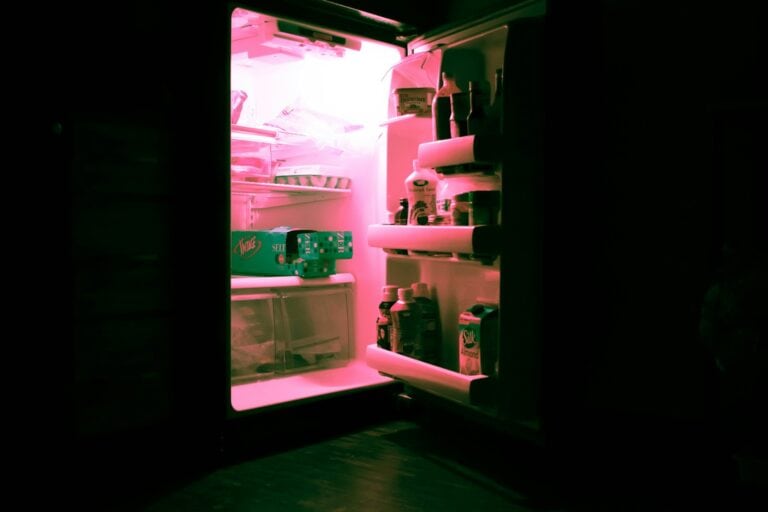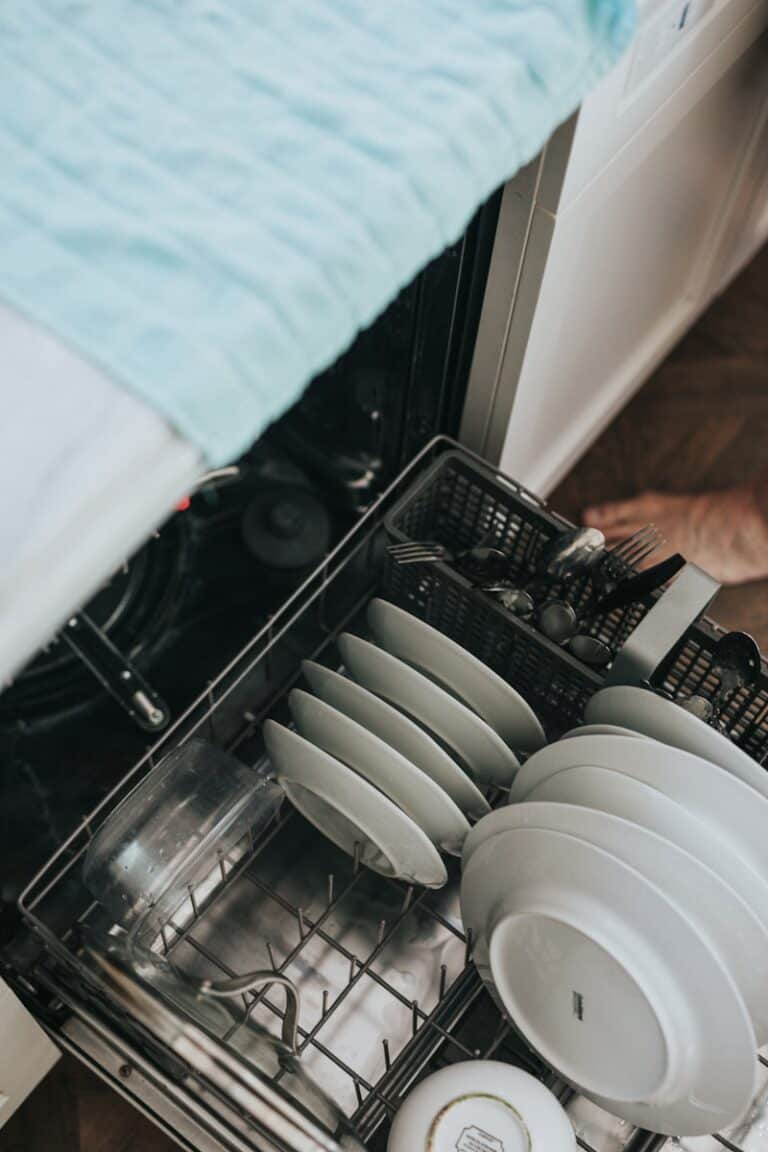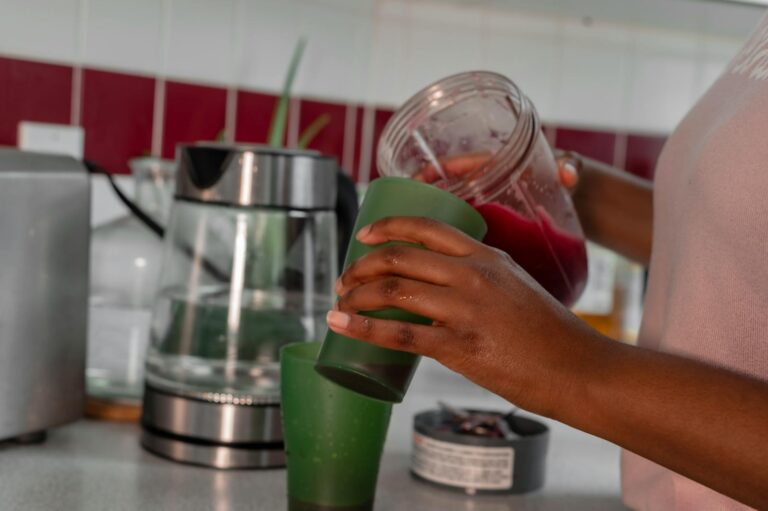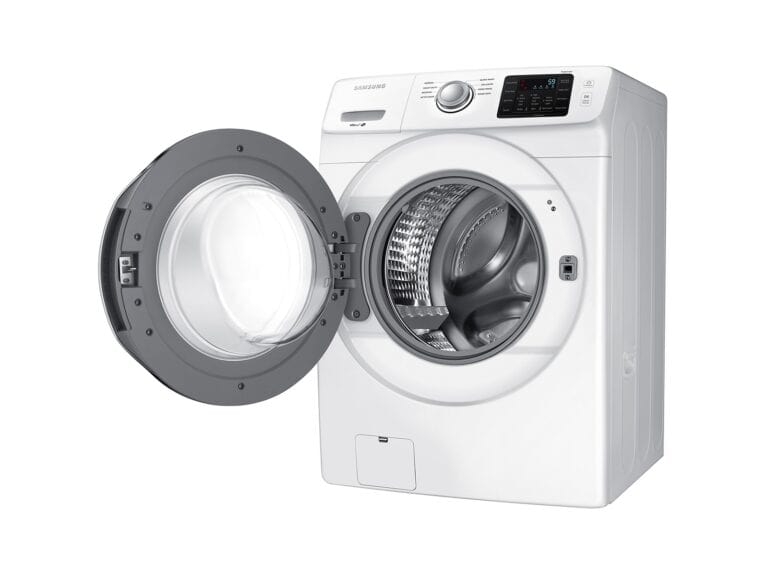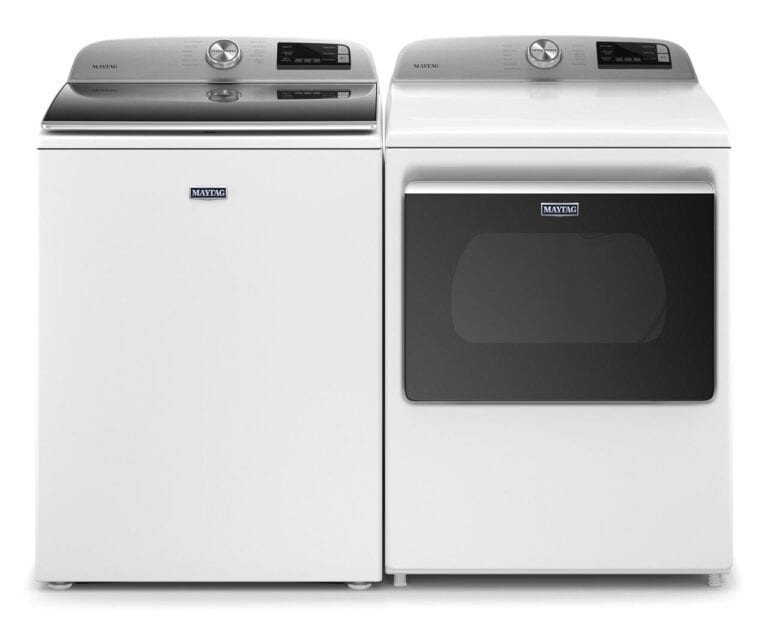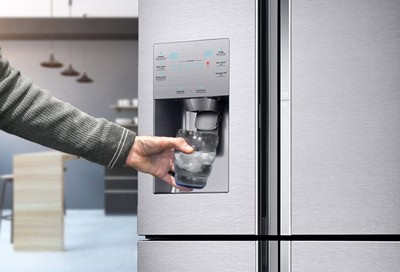
Samsung refrigerators are popular appliances, but they can experience issues. The most common problem with Samsung refrigerators is the malfunctioning defrost system. This issue often leads to over-freezing in the freezer compartment, reducing airflow and cooling efficiency.
Other frequent problems include ice maker failures and temperature control issues. Some users report their Samsung fridges stop producing ice or struggle to maintain consistent temperatures. These problems can be frustrating for owners who rely on their refrigerators for daily use.
Samsung has addressed many of these issues in newer models. However, older units may still face these challenges. Regular maintenance and prompt attention to any signs of malfunction can help prevent more serious problems from developing.
Most Common Samsung Refrigerator Problems
Ice Maker Issues: A Frequent Complaint
One of the most frequent issues reported with Samsung refrigerators, especially those with ice makers located inside the refrigerator compartment, is problems with ice production. This can manifest in several ways.
Common Ice Maker Problems
Ice Maker Not Making Ice
Several factors can cause this:
- Frozen water lines: The water line supplying the ice maker can freeze, preventing water from reaching the ice maker.
- Faulty water inlet valve: This valve controls the flow of water to the ice maker. If it fails, water won’t reach the ice maker.
- Defective ice maker assembly: The ice maker itself can malfunction. This includes problems with the motor, the ice mold, or the sensors.
- Low water pressure: Insufficient water pressure can prevent the ice maker from working correctly.
- Filter issues: A clogged water filter can restrict water flow. Replacing the filter is often the solution.
Ice Maker Making Too Much Ice or Overflowing
This can be caused by:
- Faulty ice level sensor: This sensor tells the ice maker when to stop producing ice. If it malfunctions, the ice maker can overfill.
- Stuck or malfunctioning ice maker arm: The arm that sweeps the ice out of the ice maker can get stuck, causing ice to build up and overflow.
Other Common Samsung Refrigerator Problems
Cooling Issues
Besides ice maker problems, cooling issues are also common:
- Evaporator fan motor problems: This fan circulates cold air throughout the refrigerator. If it fails, the refrigerator won’t cool properly.
- Condenser fan motor problems: This fan cools the condenser coils. If it fails, the refrigerator’s cooling efficiency decreases.
- Dirty condenser coils: Dust and debris on the condenser coils can reduce their ability to dissipate heat. Cleaning them regularly is important.
- Refrigerant leaks: A leak in the refrigerant system can prevent the refrigerator from cooling properly. This requires professional repair.
Water Leaks
Water leaks can occur due to:
- Clogged defrost drain: The defrost drain removes water from the defrosting process. If it gets clogged, water can leak inside or outside the refrigerator.
- Damaged water lines: Cracks or loose connections in the water lines can cause leaks.
Preventative Maintenance
Regular maintenance can help prevent some of these problems:
- Replace the water filter regularly: This ensures good water flow to the ice maker and water dispenser.
- Clean the condenser coils: This improves cooling efficiency.
- Check for leaks: Regularly inspect the refrigerator for any signs of water leaks.
When to Call a Technician
If you’ve tried basic troubleshooting and the problem persists, it’s best to call a qualified appliance repair technician. They have the expertise and tools to diagnose and fix more complex issues. This is important for problems like refrigerant leaks or complex electrical issues.
While Samsung refrigerators offer many features, ice maker issues are a common concern. Understanding the potential causes and taking preventative measures can help minimize these problems. If problems do arise, prompt troubleshooting and professional repair can help keep your refrigerator running smoothly.
Key Takeaways
- Defrost system malfunctions are the most common issue in Samsung refrigerators
- Ice maker failures and temperature control problems also frequently occur
- Regular maintenance can help prevent and address many common refrigerator issues
Understanding Samsung Refrigerator Issues and Solutions
Samsung refrigerators often face common problems that affect their performance. These issues typically involve ice makers, water dispensers, and cooling systems.
Ice Maker Complications
Ice maker problems in Samsung refrigerators can be frustrating. The most frequent issue is the ice maker not producing ice. This can happen due to clogged water lines, faulty water inlet valves, or temperature control problems.
To fix this:
- Check the water supply line for kinks or blockages
- Ensure the water inlet valve is working properly
- Verify the freezer temperature is set correctly (0°F/-18°C)
If these steps don’t work, the ice maker assembly may need replacement. Some models have a reset button on the ice maker. Pressing this can sometimes resolve the issue.
Water and Ice Dispensing Disruptions
Water and ice dispensing problems can stem from various causes. Common issues include:
- No water coming out
- Slow water flow
- Ice dispenser not working
These problems often relate to:
- Clogged water filters
- Frozen water lines
- Faulty dispenser switches
Replacing the water filter every six months can prevent many issues. For frozen lines, unplug the fridge for a few hours to thaw them out. If the dispenser switch is broken, it will need professional replacement.
Cooling System Failures
Cooling issues in Samsung refrigerators can lead to food spoilage. Signs of cooling problems include:
- Fridge not cooling at all
- Uneven temperatures
- Excessive frost buildup
Common causes:
- Dirty condenser coils
- Faulty evaporator fan
- Defective compressor
Regular cleaning of condenser coils can improve cooling efficiency. If the evaporator fan is noisy or not working, it may need replacement. Compressor issues often require professional diagnosis and repair.
For persistent cooling problems, check the air vents for blockages. Ensure proper airflow by not overpacking the fridge. If these steps don’t help, contacting a Samsung-certified technician is advisable.
Defrost System and Temperature Regulation
Samsung refrigerators often encounter issues with their defrost mechanisms and temperature control systems. These problems can lead to frost buildup, uneven cooling, and food spoilage.
Defrost Mechanism Flaws
The defrost system in Samsung refrigerators can malfunction, causing excessive frost accumulation. A faulty defrost heater may fail to melt ice on the evaporator coils. This can block airflow and reduce cooling efficiency.
Defrost thermostat failures are another common issue. When the thermostat doesn’t accurately sense temperature, it can’t trigger defrost cycles properly. This leads to persistent frost buildup.
Wiring problems in the defrost circuit can also occur. Broken connections prevent electrical current from reaching the defrost heater, resulting in a non-functional defrost system.
Temperature Control Challenges
Samsung fridges may struggle with maintaining consistent temperatures. The evaporator fan plays a crucial role in circulating cold air. If it malfunctions, some areas of the fridge may not cool adequately.
Temperature-controlled compartments like the FlexZone can experience issues. Sensors or control boards may fail, causing improper temperature regulation in these specialized areas.
Door seal problems can allow warm air to enter, making it difficult for the fridge to maintain set temperatures. This often results in the compressor working overtime and increased energy consumption.
Adjusting refrigerator settings incorrectly can also lead to temperature inconsistencies. Users may inadvertently set temperatures too high or low, affecting food preservation.
Common Repair and Maintenance Solutions
Samsung refrigerators often require specific repair and maintenance techniques. Regular checks and proper part replacements can prevent many issues.
Identifying the Right Replacement Parts
Samsung refrigerator repairs often hinge on using the correct parts. The model number is crucial for finding compatible components. This number is typically found inside the fridge or on the back panel. Online parts catalogs and authorized dealers can help match the model to specific components.
Common replacement parts include:
- Ice maker assemblies
- Water filters
- Evaporator fan motors
- Defrost thermostats
It’s important to use genuine Samsung parts for optimal performance and to maintain warranty coverage. Aftermarket parts may be cheaper but can lead to compatibility issues or reduced efficiency.
Seal and Door Integrity Checks
Door seals play a vital role in refrigerator efficiency. A faulty seal can cause temperature fluctuations and increased energy consumption. Regular checks can prevent these problems.
To check seal integrity:
- Close the door on a dollar bill
- Try to pull it out
- Feel resistance? The seal is good
If the bill slides out easily, the seal needs replacement. Clean seals monthly with warm, soapy water to remove dirt and debris. This maintains flexibility and prevents cracking.
Door alignment is also crucial. Misaligned doors can damage seals and hinder proper closing. Adjust door hinges if gaps are visible when closed. This simple fix can significantly improve cooling performance.
Frequently Asked Questions
Samsung refrigerators face several common issues that users often inquire about. These problems range from ice buildup to cooling malfunctions and water leakage.
Why is there a problem with ice buildup in Samsung refrigerators?
Ice buildup in Samsung refrigerators typically occurs due to a faulty defrost system. The defrost heater or thermostat may malfunction, preventing proper melting of frost. This can lead to reduced airflow and inefficient cooling.
Users can check the defrost components for damage or wear. Regular maintenance, like cleaning the condenser coils, can help prevent ice accumulation.
How can one troubleshoot Samsung refrigerator cooling and freezing issues?
Cooling and freezing problems in Samsung refrigerators often stem from several factors. These may include a faulty compressor, blocked vents, or a malfunctioning thermostat.
Users should first check the temperature settings and ensure proper airflow. Cleaning the condenser coils and checking the door seals can also improve cooling performance.
What should be done if a Samsung fridge freezer has temperature control problems?
Temperature control issues in Samsung fridge freezers can result from a faulty thermostat or control board. These components regulate the appliance’s cooling cycles.
Checking the temperature sensors and control panel for errors is a good starting point. If problems persist, professional diagnosis may be necessary to replace faulty parts.
Why might a Samsung refrigerator exhibit water leakage?
Water leakage in Samsung refrigerators often occurs due to a clogged defrost drain or a damaged water inlet valve. These issues can cause water to accumulate and leak onto the floor.
Cleaning the defrost drain and checking the water line connections can resolve many leakage problems. Replacing a faulty water inlet valve may be necessary in some cases.
Are there any widespread recalls affecting Samsung refrigerators?
Samsung has issued recalls for specific refrigerator models in the past. These recalls have addressed issues such as door hinge failures and potential fire hazards.
Consumers can check the Samsung website or contact customer service to verify if their model is subject to any current recalls. Serial numbers are used to identify affected units.

